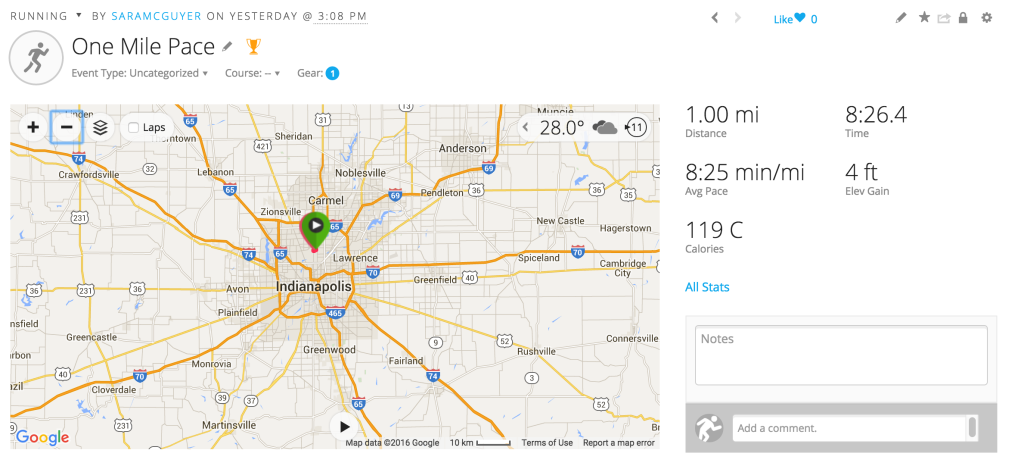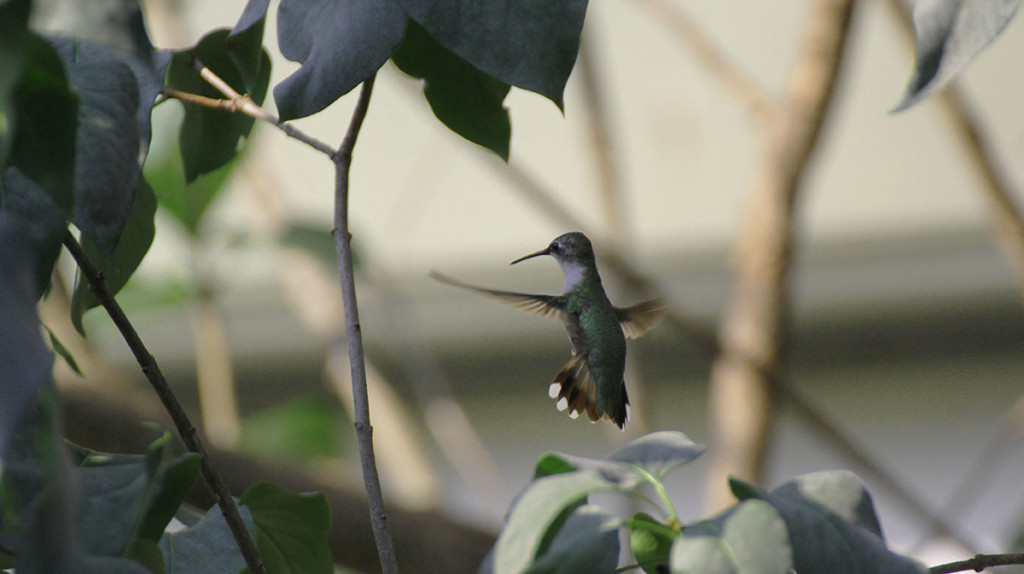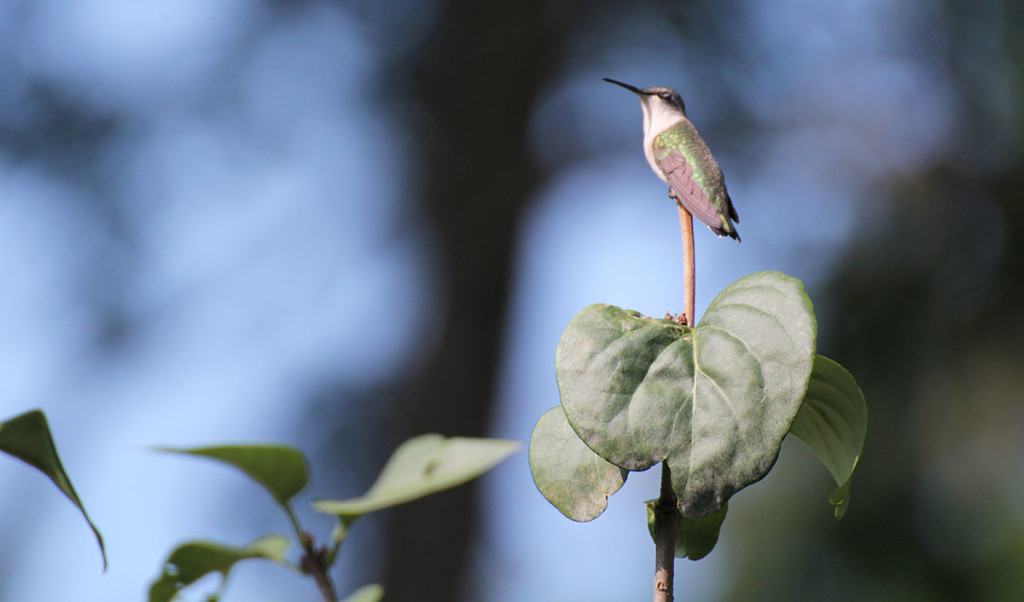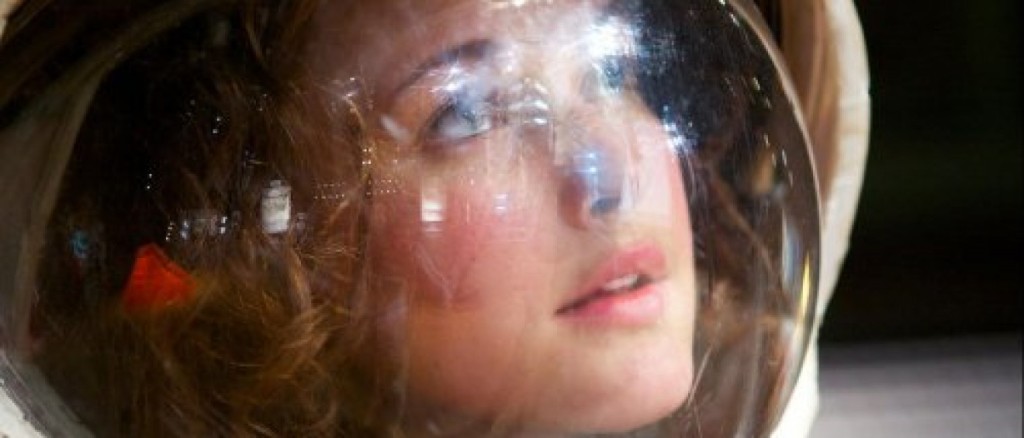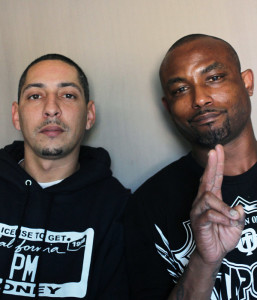Running has done a funny thing to how I approach goals. Meeting them is nice… but surpassing them is even better. At the beginning of the year, I set two goals: 1,000 miles and two marathons.
In 2014, I ran about 700 miles – so 1,000 seemed like a good challenge. A stretch, but very doable. I generally aim for about 100 miles per month, with some lighter recovery months just after running a race. I can’t remember when I passed the goal, exactly, but it never occurred to me to stop. I just kept going. There were two months where I surpassed 150 miles. I logged the most miles I’ve ever run in a month in August at 156.61. My tally for the year: 1,311 miles.
Back to December 30th, 2014, when I was in the middle of my running planning. I wrote in my 5-year memory book: Thinking I might want to be a 50-stater.
Thinking. Ha. As soon as I learned about the 50 States Marathon Club I knew I’d be going for it. By chance, my first two marathons were in different states. That left me with 48 more to go. I figured if I wanted to finish this thing by the time I’m in my sixties, I’d need to run two marathons per year.
I picked my spring race, The Eugene Marathon in Oregon, to coincide with vacation and visiting friends out west. In the fall, I ran the 7 Bridges in Chattanooga. By October, I could have called my running goals done for the year. Then I heard about The Runner’s World Run Streak.
The most consecutive days I’d ever run was eight. The #RWRunStreak challenges you to run at least a mile a day from Thanksgiving to New Year’s Day. 37 straight days.
I liked this for a couple of reasons. I’d blown through my goals and felt sort of like a drifter without them. The streak would keep me motivated as the weather shifted colder. And I’d never really worked on pace before, always distance. I decided I’d go for the streak, and see if I could run an 8:30 mile while I was at it.
I am not a fast runner. My average pace on the year, including the good, the bad and the ugly, was 11:14 minutes per mile. Some days of this streak I’d get going and know right off the bat I didn’t have 8:30 in me. Other days I’d feel strong and fast, like I had a chance, and run my heart out until I felt it pounding outside of my chest. Then I’d still register something in the 8:40-:50 range.
On the second to last day of the challenge, I really went for it. As I finished I thought, I hope I made it. This is the best I can do. I looked at my watch, devastated. I’d run 8:34. I’d had to stop at an intersection for a car, and I kept thinking, What if? What if? What if? That left me with one more day to meet my goal.
For whatever reason my New Year’s Day run felt lighter and easier. There was pounding in my chest, and heaving lungs, of course, but not quite as desperate. I ran an 8:25. Made it, just in the nick of time.
I am ready to get back to more distance again, though I think I’ll keep a fast one-miler in my regular rotation. For 2016 goals, I set the bar at 1,500 miles – meaning my 100 mile months won’t cut it. I’ve already registered for my first race of 2016 – the Bayshore Marathon in Traverse City, Michigan, and I’ll plan to choose another for the fall.
1 mile down, 1,499 to go.
This post is part of Think Kit by SmallBox
Prompt: Your 2015, Reviewed. Give us the 30,000 foot view. Or, hone in on a few highlights. Let’s bring last year to life before moving on to what’s ahead.

